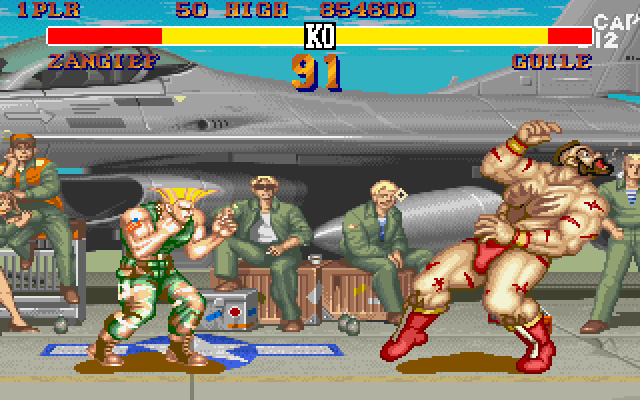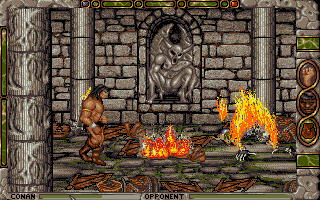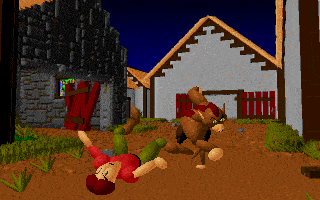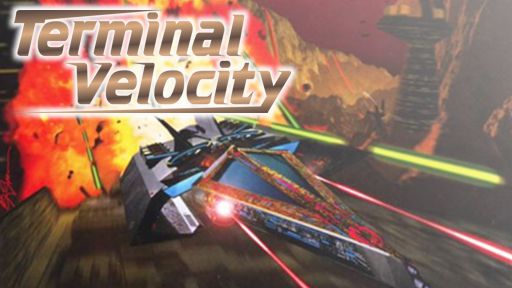Search Games
Welcome to the MS-DOS game emulator. On this abandonware site you have an old game review every week, where you can play the freeware/shareware version of every game.
Street Fighter II: The World Warrior
Street Fighter II: The World Warrior
Date added: 2019-11-05
Tags: None
Rated the best by our players
5 out of 5 based on 4709 ratings.
Game Information:
Street Fighter II: The World Warrior is a competitive fighting game originally released for the arcades in 1991. It is the second entry in the Street Fighter series and the arcade sequel to the original Street Fighter released in 1987. It was Capcom's fourteenth title that ran on the CP System arcade hardware. Street Fighter II improved upon the many concepts introduced in the first game, including the use of command-based special moves and a six-button configuration, while offering players a selection of multiple playable characters, each with their own unique fighting style.
Street Fighter II follows several of the conventions and rules already established by its original 1987 predecessor. The player engages opponents in one-on-one close quarter combat in a series of best-two-out-of-three matches. The objective of each round is to deplete the opponent's vitality before the timer runs out. If both opponents knock each other out at the same time or the timer runs out with both fighters having an equal amount of vitality left, then a 'double KO' or 'draw game' is declared and additional rounds will be played until sudden death. In the first Street Fighter II, a match could last up to ten rounds if there was no clear winner; this was reduced to four rounds in Champion Edition and onward. If there is no clear winner by the end of the final round, then either the computer-controlled opponent will win by default in a single-player match or both fighters will lose in a 2-player match.
After every third match in the single player mode, the player will participate in a bonus stage for additional points. The bonus games includes (in order) a car-breaking event similar to another bonus round featured in Final Fight; a barrel breaking bonus game where the barrels are dropped off from a conveyor belt on the top portion of the screen; and a drum-breaking bonus game where drums are flammable and piled over each other.
Like in the original, the game's controls uses a configuration of an eight-directional joystick and six attack buttons. The player uses the joystick to jump, crouch and move the character towards or away from the opponent, as well as to guard the character from an opponent's attacks. There are three punch buttons and three kick buttons of differing strength and speed (Light, Medium and Heavy). The player can perform a variety of basic moves in any position, including grabbing/throwing attacks, which were not featured in the original Street Fighter. Like in the original, the player can perform special moves by inputting a combination of directional and button-based commands.
Street Fighter II differs from its predecessor due to the selection of multiple playable characters, each with distinct fighting styles and special moves. A bug in the game's code enabled the player to 'cancel' during the animation of some moves by performing another move, allowing for a combination of several basic and special moves. This 'combo' system was later adopted as a standard feature of fighting games, and was expanded upon in subsequent Street Fighter installments.
This MSDOS version has nothing to do with the Super Nintendo or MegaDrive, the graphics are very faithful to those of the arcade, but there seems to have stopped the effort of the programmers. The movement is slow and the simplified controls spoil the gameplay, which is what it was all about. Light years away from the versions for 16-bit consoles, because those did hit the mark.
It was also one of the last games to appear for 8-bit and 16-bit machines, marking the end of an era.
As a curiosity, the digitized voices can only be heard if we configure the sound for a Sound Blaster Pro.











